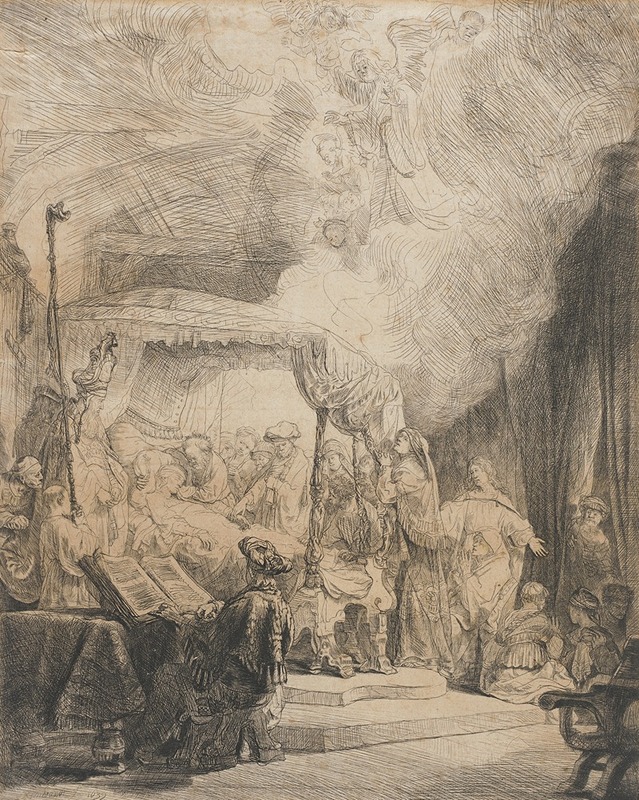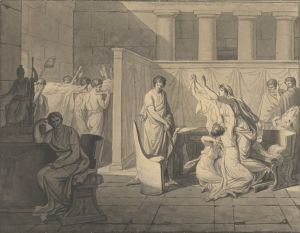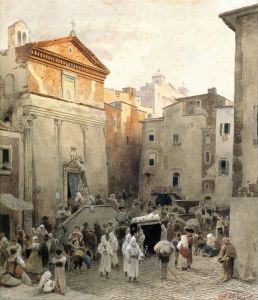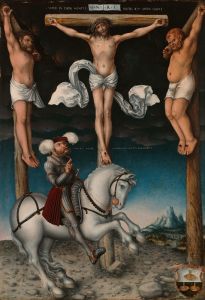
Death of the Virgin
A hand-painted replica of Rembrandt van Rijn’s masterpiece Death of the Virgin, meticulously crafted by professional artists to capture the true essence of the original. Each piece is created with museum-quality canvas and rare mineral pigments, carefully painted by experienced artists with delicate brushstrokes and rich, layered colors to perfectly recreate the texture of the original artwork. Unlike machine-printed reproductions, this hand-painted version brings the painting to life, infused with the artist’s emotions and skill in every stroke. Whether for personal collection or home decoration, it instantly elevates the artistic atmosphere of any space.
"Death of the Virgin" by Rembrandt van Rijn is a painting that has been historically attributed to the Dutch master, although its current status and attribution may vary among art historians. Rembrandt, renowned for his profound impact on the Baroque art movement, is celebrated for his innovative use of light and shadow, as well as his deep psychological insight into his subjects.
The painting depicts the Virgin Mary on her deathbed, surrounded by the apostles. This theme, common in Christian art, captures the moment of the Virgin's passing from earthly life, often emphasizing themes of piety, serenity, and divine grace. Rembrandt's interpretation of religious subjects often diverged from traditional representations, focusing instead on human emotion and realism.
In "Death of the Virgin," Rembrandt employs his signature chiaroscuro technique, using stark contrasts between light and dark to create a dramatic atmosphere. This technique not only highlights the central figure of the Virgin but also draws attention to the expressions and gestures of the surrounding apostles, each of whom is rendered with individual character and emotion. The use of light in the painting serves to guide the viewer's eye across the composition, creating a sense of movement and life even in the depiction of death.
Rembrandt's approach to religious themes was deeply personal and often infused with a sense of humanity that was less common in the more idealized religious art of his contemporaries. His works frequently reflect a deep empathy for his subjects, portraying them with a realism that captures both their physical presence and their inner lives. This humanistic approach is evident in "Death of the Virgin," where the apostles' varied reactions to the Virgin's passing are depicted with a sensitivity that invites viewers to contemplate their own responses to loss and mortality.
The painting is believed to have been created during Rembrandt's early career, a period marked by experimentation and the development of his distinctive style. During this time, Rembrandt was establishing himself in Amsterdam, where he would go on to produce some of his most famous works. His early paintings often exhibit a boldness and energy that would later evolve into the more refined and introspective style of his mature years.
While "Death of the Virgin" is not as widely recognized as some of Rembrandt's other religious works, such as "The Night Watch" or "The Return of the Prodigal Son," it nonetheless exemplifies his skill in conveying complex emotional narratives through the medium of paint. The painting's composition, use of light, and attention to detail reflect Rembrandt's mastery of his craft and his ability to imbue his works with a profound sense of life and presence.
As with many of Rembrandt's works, the painting's provenance and history may be subject to scholarly debate, with questions about its attribution and the specifics of its creation. However, its artistic qualities and the emotional depth it conveys remain a testament to Rembrandt's enduring legacy as one of the greatest painters in Western art history.


















